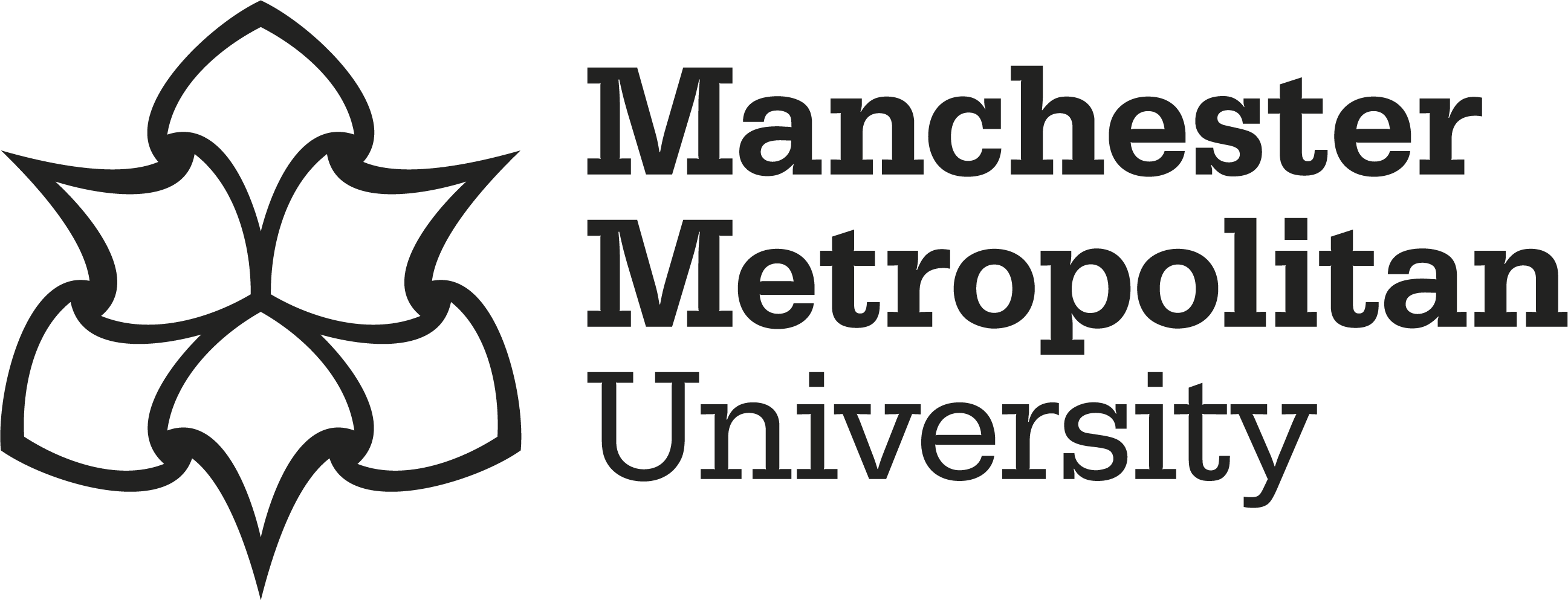Hashmi, Anita (2025) A Holistic Assessment of Conservation in Kenya: Investigating the Genetic Viability of Wild and Captive Populations and the Impacts of Common Conservation Strategies. Doctoral thesis (PhD), Manchester Metropolitan University.
|
File will be available on: 21 October 2026. Available under License Creative Commons Attribution Non-commercial No Derivatives. Download (3MB) |
Abstract
Conservation is a multi-disciplinary field, encompassing sociology, ecology and genetics. Traditionally, the different facets of conservation science have worked separately from each other, often causing conflicts between practitioners and their aims. However, it is becoming more evident that interdisciplinary work is essential for the success of conservation action, exemplified by frameworks such as the United Nations Sustainable Development Goals. To investigate the impacts of different disciplines on conservation in Kenya, this study used genetic data collected from zoological collections in the United Kingdom and socio-economic data collected in Kenya. Using socio-economic and geographic data, I show that proximity to a UNESCO Biosphere Reserve provides multiple benefits to local people. In the vicinity of a Biosphere Reserve, several metrics increased, including highest level of education achieved, access to healthcare, and women’s rights. The benefits of conservation to local people are vital to the success of conservation action, as well as their active and informed consent for conservation projects. One of the most invasive conservation techniques, that impacts upon people and animals, is translocation. A commonly-used conservation strategy for mega-herbivores, translocation can work to reinforce and augment enclosed, small populations of endangered species. Translocation is also used ex situ, to manage zoo populations and facilitate breeding programmes across continents. The success of this may be seen in the genetics of ex situ populations. The results of this work add to the small body of literature discussing the benefits of conservation for local people, further evidencing the need to engage local people in conservation planning and action. The impacts of conservation action on local people were shown to be positive, in terms of wealth, educational and health outcomes. Additionally, assessment of translocation literature and the genetics of ex situ populations of rhinoceros and giraffe provide valuable insights into the global meta-population management strategy. From the literature, it appears that body size is especially influential when making conservation translocation decisions, with IUCN status and population status shown to be less important in this decision-making process. Zoological collections feeding into these translocations must provide healthy, appropriate individuals, with genetic data offering a method of health assessment. Overall, these different aspects of conservation – sociological, genetic, and active management – feed into a holistic assessment of conservation action, its actions and its successes in Kenya.
Impact and Reach
Statistics
Additional statistics for this dataset are available via IRStats2.


